products categories
- Battery Production Equipment Line
- Battery Lab Pilot Equipment Line
- Lithium Battery Pack Assembly Line
- Solid State Battery Assembly Line
- Sodium Ion Battery Production Line
- Supercapacitor Assembly Line
- Lithium Ion Battery Recycling Plant
- Dry Electrode Preparation Solution
- Perovskite Based Solar Cell Lab Line
- Li ion Battery Materials
- Cathode Active Materials
- Anode Active Materials
- Customized Battery Electrode
- Coin Cell Parts
- Lithium Chip
- Cylindrical Cell Parts
- Battery Current Collectors
- Battery Conductive Materials
- Electrolyte
- Metal Mesh
- Battery Binder
- Separator and Tape
- Aluminum Laminate Film
- Nickel Strip
- Battery Tabs
- Graphene Materials
- Nickel Felt
- Titanium Fiber Felt
- Battery
- Battery Pack Machine & Compoments
- Battery Pack Compoments
- Turnkey Solutions Battery Pack Assembly Line
- Cell Sorter
- Battery Pack Spot Welder
- Laser Welder
- Battery Charging Discharging Tester
- Battery Pack Aging Machine
- Battery Pack Comprehensive Tester
- CCD Visual Inspector
- Battery Pape Sticking Machine
- BMS Testing Machine
- Al Wire Bonding Machine
- Lithium Battery Machine
- Battery Tester & Analyzer
- Battery Safety Tester
- Material Characterization Tester
- Rolling Press Machine
- Spot Welding Machine
- Vacuum Mixer Machine
- Crimping/Disassembling Machine
- Vacuum Sealing Machine
- Electrolyte Filling
- Stacking/Winding Machine
- Electrode Cutter/Slitter
- Pouch Forming Machine
- NMP Solvent Treatment System
- Lithium Battery Production Plant
- Vacuum Glove Box
- Furnaces
- Coaters
- PVD Coater
- Laboratory Press Machine
- Large Press Machine
- Planetary Centrifugal Mixer
- Ball Mill
- Laboratory Machine
- Cutting Machine
- Metal Foam
contact us
- If you have questions, please contact us, all questions will be answered
- WhatsApp : +86 18659217588
- Email : David@tmaxcn.com
- Email : Davidtmaxcn@gmail.com
- Add : No. 39, Xinchang Road, Xinyang, Haicang Dist., Xiamen, Fujian, China (Mainland)
60A 120A 180A 300A 1-24/32 Series BMS Tester with CAN
Model Number:
TMAX-BTGD-BMSCompliance:
CE CertifiedWarranty:
One years limited warranty with lifetime technical supportPlace of Origin:
ChinaMOQ:
1Payment:
L/C D/A D/P T/T Western UnionDelivery Time:
15 days
- WhatsApp : +86 18659217588
- Email : David@tmaxcn.com
- Email : Davidtmaxcn@gmail.com
- Wechat : 18659217588
Previous:
100V 20A Charge Discharge Regenerative Type Battery Pack Aging MachineNext:
84V10A 60A Battery Pack Comprehensive Tester
60A 120A 180A 300A 1-24/32 Series BMS Tester with CAN
I .Basic standard of instrument:
1-1 Scope of application:
The BMS testing system is mainly used to detect whether the functional indicators of the power battery protection panel are within the parameter range, so as to provide a set of testing standards for the staff. It is mainly used for testing the power battery protection board of protection board manufacturers and power battery manufacturers.
Features: communication test (RS485, CAN2.0, UART, SNMP, 232)
Active equalization test: 1-100 strings.
1-2 Appearance requirements:
The overall aluminum alloy case shall be free of damage and cracks, and the appearance of the case shall be free of marks. The operation panel shall be flat and free of raised marks.
1-3 Working environment:
The working power supply requires AC 220V input of mains power, the power supply fluctuation range (170-260V), the working environment temperature - 10 ° C-40 ° C, and the working humidity at 10%~90%. The maximum power of 600W only occurs under the condition of high test current.
1-4 Operating environment:
The instrument is required to be connected to a computer for use, and the computer hardware configuration requires a general office computer. The system generally requires an XP system(some requires win 7). The instrument and computer use an industrial standard 232 interface. The instrument can also be used offline, but the test results cannot be saved.
2、 Functional standards:
2-1 Function description:
2-1-1 Basic protection function test of protection board
Overcharge protection voltage
Overcharge recovery voltage
Over discharge protection voltage
Overdischarge recovery voltage
Overcurrent protection (overcharge protection current, overdischarge protection current)
Short term guaranteed performance test
Charge discharge over temperature protection
Total self consumed current of protective plate
Single section self consumed current
Overcharge, overdischarge and overcurrent protection delay time
2-1-1-1 Overcharge protection voltage:
The maximum delay time of the overcharge protection is 10s, and the delay time of the protection board is generally not more than 10s. If it is beyond the range, the instrument parameters can be modified to 60s. Of course, the larger the data is, the longer the test time will be. In the precision test, the test instrument adopts the method of gradually increasing the voltage. The voltage step is a fixed value of 5mV, and the step time is the set overcharge time. In order to better simulate the battery characteristics, the step time is set very long, Therefore, the test time is relatively long. If the step time is set to a very small value, some test boards have very soft anti ripple ability, which will mistakenly take the voltage as a ripple. Therefore, it is recommended to set a long time step for the accuracy of the test.
2-1-1-2:Charge recovery voltage:
During the test of overcharge recovery, the test instrument fully simulated the recovery characteristics of the charger after normal charging and charging protection, that is, the precondition must be set to disconnect the charger and not disconnect the charger during the test of charging recovery voltage If the charger cannot be disconnected, the charging recovery can also be tested, which means that the circuit board can recover without disconnecting the charger. If the charger must be disconnected, the recovery can be tested, which means that once the circuit board is protected, if the charger cannot be disconnected, the battery will not be charged again.
2-1-1-3 Overdischarge protection voltage:
During the test, the test instrument adopts the voltage gradually decreasing mode, and the step voltage and time are similar to the test overcharge protection voltage.
2-1-1-4 Overdischarge recovery voltage:
When the test instrument tests the recovery of over discharge, it fully simulates the recovery characteristics of the protection board under the off load and off load conditions The protection boards are marked with recovery voltage values, but they do not indicate whether they are disconnected loads. If they can be recovered under the condition of disconnected loads, it will be terrible. The battery will be damaged. Generally, the recovery voltage must be tested under the condition of disconnected loads.
2-1-1-5 Over discharge current:
When testing the over discharge current, adopt the current step by step increasing mode, with the step current of 0.5A. After the protection of the protection board, remove the load and judge whether it can be recovered normally.
2-1-1-6 Short circuit protection:
Simulate the instantaneous short circuit of the electric core, accurately capture the protection reflection time of the protection board, and the biggest difference between the short circuit protection and the over-current protection is that the instantaneous current is very large. At present, only our products have this function.
2-1-1-7 Single section self consumption:
Test the current consumed by each cell, and it is easy to observe the current consumed by each other by comparing multiple strings.
2-1-1-7 Total self consumption:
Mainly test the current flowing through the total B - position.
2-1-2 Equalizing function test: (equalizing opening voltage and current).
2-1-3 Type of testable protective plate:
(Lithium iron phosphate ternary cobalt oxide and lithium manganate vanadium titanium battery protective plate)
2-1-4 Infrared scanning :
(Barcode scanning) scans the ID number of each protective plate.
2-2 Basic configuration:
2-2-1 High current module:
The current level is 60A, 120A, 180A, 300A, and the current accuracy is 0.1A.
2-2-2 Voltage module:
Voltage range 0-5V, programmable output 0-5V, voltage accuracy 1mV.
2-2-3 Short circuit module:
Super capacitor can completely simulate pack battery voltage, instantly short circuit the protection board, and accurately capture the short circuit time and current.
2-2-4 Communication module:
Industrial control 232 interface standard, used for operation control of computer and instrument host.
Smbus interface standard, used to test the software board protection board (BQ 779100 OZ8920 8900) scheme.
2-3 Specific parameters:
60A 120A 180A 300A 1-24/32 Series BMS Tester with CAN
I .Basic standard of instrument:
1-1 Scope of application:
The BMS testing system is mainly used to detect whether the functional indicators of the power battery protection panel are within the parameter range, so as to provide a set of testing standards for the staff. It is mainly used for testing the power battery protection board of protection board manufacturers and power battery manufacturers.
Features: communication test (RS485, CAN2.0, UART, SNMP, 232)
Active equalization test: 1-100 strings.
1-2 Appearance requirements:
The overall aluminum alloy case shall be free of damage and cracks, and the appearance of the case shall be free of marks. The operation panel shall be flat and free of raised marks.
1-3 Working environment:
The working power supply requires AC 220V input of mains power, the power supply fluctuation range (170-260V), the working environment temperature - 10 ° C-40 ° C, and the working humidity at 10%~90%. The maximum power of 600W only occurs under the condition of high test current.
1-4 Operating environment:
The instrument is required to be connected to a computer for use, and the computer hardware configuration requires a general office computer. The system generally requires an XP system(some requires win 7). The instrument and computer use an industrial standard 232 interface. The instrument can also be used offline, but the test results cannot be saved.
2、 Functional standards:
2-1 Function description:
2-1-1 Basic protection function test of protection board
Overcharge protection voltage
Overcharge recovery voltage
Over discharge protection voltage
Overdischarge recovery voltage
Overcurrent protection (overcharge protection current, overdischarge protection current)
Short term guaranteed performance test
Charge discharge over temperature protection
Total self consumed current of protective plate
Single section self consumed current
Overcharge, overdischarge and overcurrent protection delay time
2-1-1-1 Overcharge protection voltage:
The maximum delay time of the overcharge protection is 10s, and the delay time of the protection board is generally not more than 10s. If it is beyond the range, the instrument parameters can be modified to 60s. Of course, the larger the data is, the longer the test time will be. In the precision test, the test instrument adopts the method of gradually increasing the voltage. The voltage step is a fixed value of 5mV, and the step time is the set overcharge time. In order to better simulate the battery characteristics, the step time is set very long, Therefore, the test time is relatively long. If the step time is set to a very small value, some test boards have very soft anti ripple ability, which will mistakenly take the voltage as a ripple. Therefore, it is recommended to set a long time step for the accuracy of the test.
2-1-1-2:Charge recovery voltage:
During the test of overcharge recovery, the test instrument fully simulated the recovery characteristics of the charger after normal charging and charging protection, that is, the precondition must be set to disconnect the charger and not disconnect the charger during the test of charging recovery voltage If the charger cannot be disconnected, the charging recovery can also be tested, which means that the circuit board can recover without disconnecting the charger. If the charger must be disconnected, the recovery can be tested, which means that once the circuit board is protected, if the charger cannot be disconnected, the battery will not be charged again.
2-1-1-3 Overdischarge protection voltage:
During the test, the test instrument adopts the voltage gradually decreasing mode, and the step voltage and time are similar to the test overcharge protection voltage.
2-1-1-4 Overdischarge recovery voltage:
When the test instrument tests the recovery of over discharge, it fully simulates the recovery characteristics of the protection board under the off load and off load conditions The protection boards are marked with recovery voltage values, but they do not indicate whether they are disconnected loads. If they can be recovered under the condition of disconnected loads, it will be terrible. The battery will be damaged. Generally, the recovery voltage must be tested under the condition of disconnected loads.
2-1-1-5 Over discharge current:
When testing the over discharge current, adopt the current step by step increasing mode, with the step current of 0.5A. After the protection of the protection board, remove the load and judge whether it can be recovered normally.
2-1-1-6 Short circuit protection:
Simulate the instantaneous short circuit of the electric core, accurately capture the protection reflection time of the protection board, and the biggest difference between the short circuit protection and the over-current protection is that the instantaneous current is very large. At present, only our products have this function.
2-1-1-7 Single section self consumption:
Test the current consumed by each cell, and it is easy to observe the current consumed by each other by comparing multiple strings.
2-1-1-7 Total self consumption:
Mainly test the current flowing through the total B - position.
2-1-2 Equalizing function test: (equalizing opening voltage and current).
2-1-3 Type of testable protective plate:
(Lithium iron phosphate ternary cobalt oxide and lithium manganate vanadium titanium battery protective plate)
2-1-4 Infrared scanning :
(Barcode scanning) scans the ID number of each protective plate.
2-2 Basic configuration:
2-2-1 High current module:
The current level is 60A, 120A, 180A, 300A, and the current accuracy is 0.1A.
2-2-2 Voltage module:
Voltage range 0-5V, programmable output 0-5V, voltage accuracy 1mV.
2-2-3 Short circuit module:
Super capacitor can completely simulate pack battery voltage, instantly short circuit the protection board, and accurately capture the short circuit time and current.
2-2-4 Communication module:
Industrial control 232 interface standard, used for operation control of computer and instrument host.
Smbus interface standard, used to test the software board protection board (BQ 779100 OZ8920 8900) scheme.
2-3 Specific parameters:
Series quantity |
1-24/32 series |
Accuracy |
Overcharge protection |
0 ---- 5V
|
± 1mV
|
Overcharge protection release |
0 ---- 5V
|
± 1mV
|
Over discharge protection |
0 ---- 5V |
± 1mV
|
Release of over discharge protection |
0 ---- 5V |
± 1mV |
Over discharge current protection value |
1A-120A |
± 0.1A (continuous long time discharge)
|
Overcharge current protection value |
1A-50A |
± 0.1A
|
Overcurrent protection delay |
0-10S |
± 1mS |
Short circuit protection |
400A |
maximum duration 10ms |
Short circuit protection delay |
0-10,000uS |
± 1uS |
Temperature protection |
60 ℃ ------ 100 ℃ |
± 1 ℃ |
Opening voltage of equalization function |
0 ---- 5V |
± 1mV |
Equalizing current |
0-1000mA |
± 1mA |
Total self consumption test |
0-10000 uA |
± 1uA |
Single section self consumption |
0-100uA |
± 0.1uA |
Main circuit internal resistance test |
0-1000 mOhm |
± 0.1 mOhm
|
Overcharge protection delay time, overdischarge protection delay time and overcurrent protection delay time test |
||

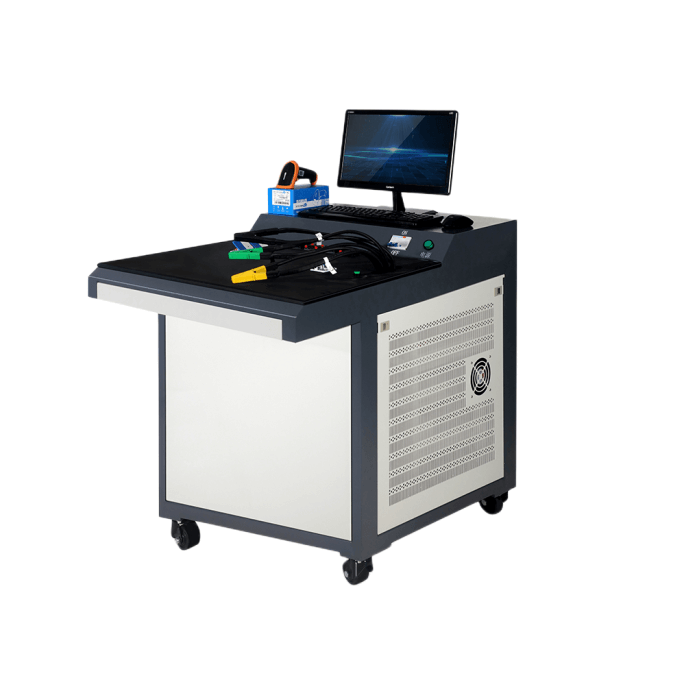


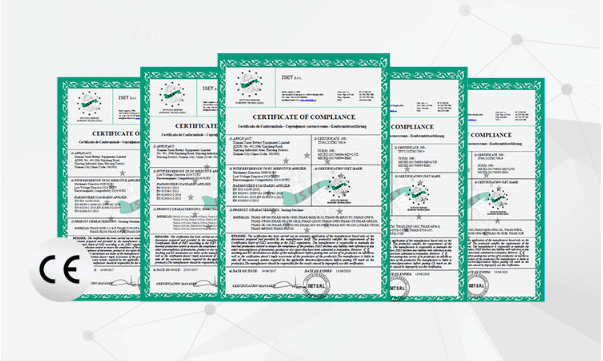

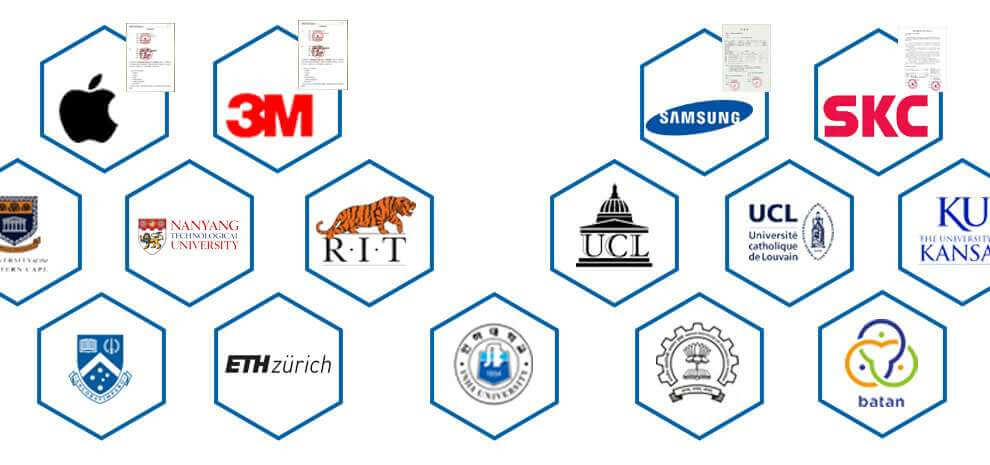
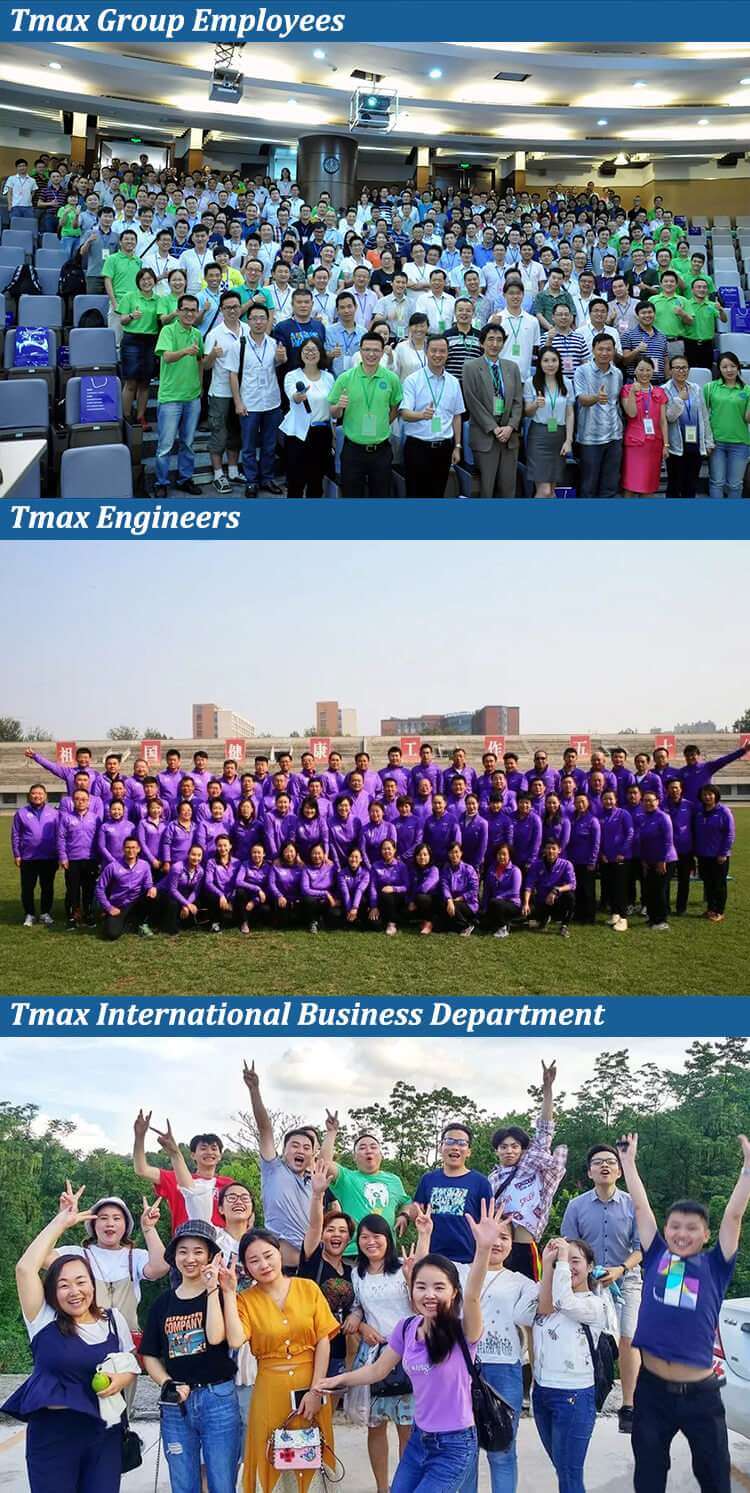
 English▼
English▼




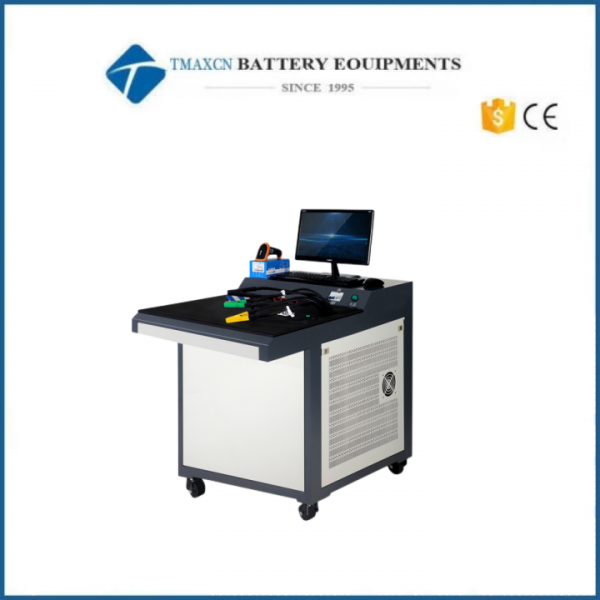
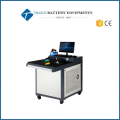
 +86 13174506016
+86 13174506016 David@tmaxcn.com
David@tmaxcn.com

